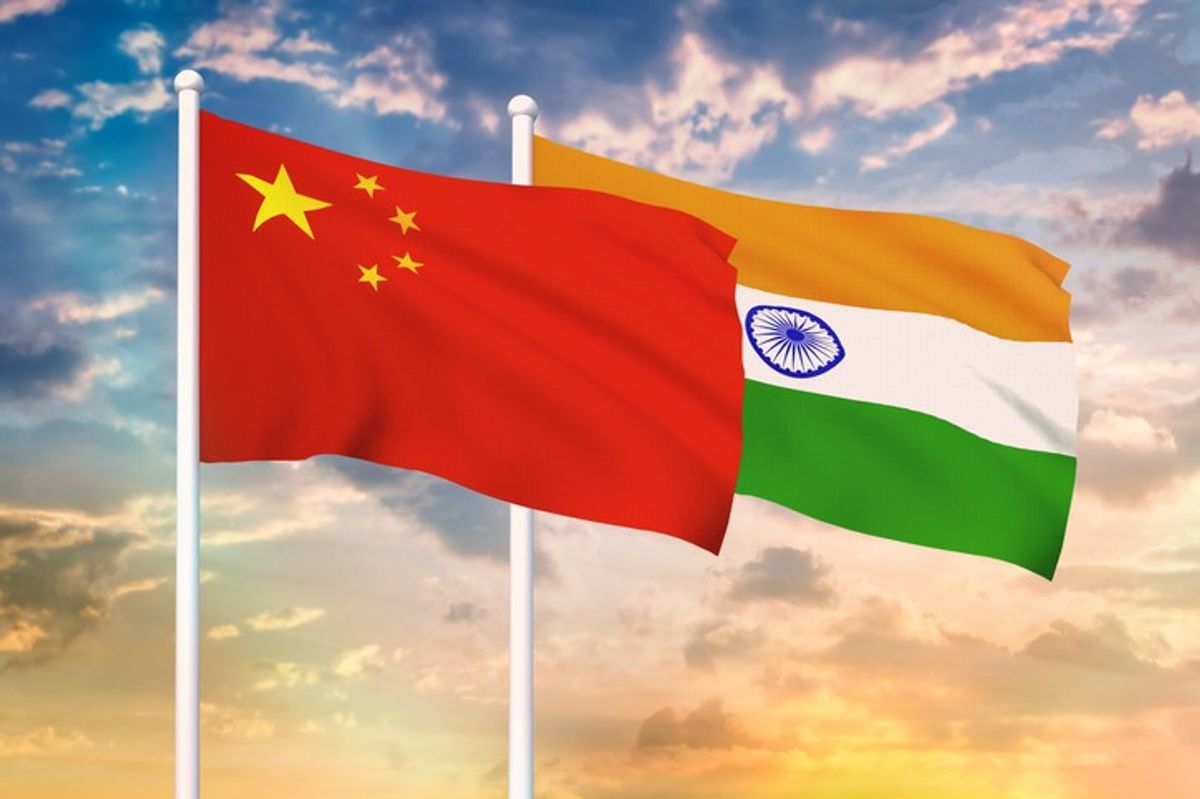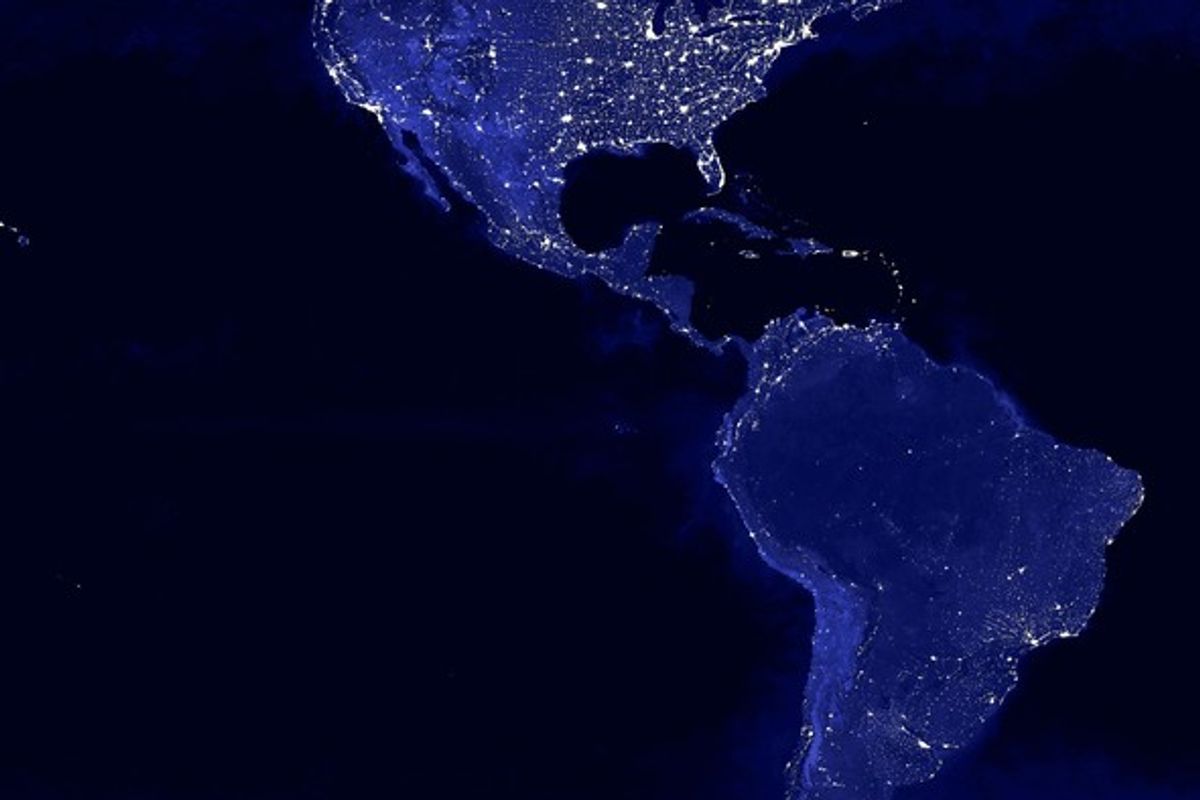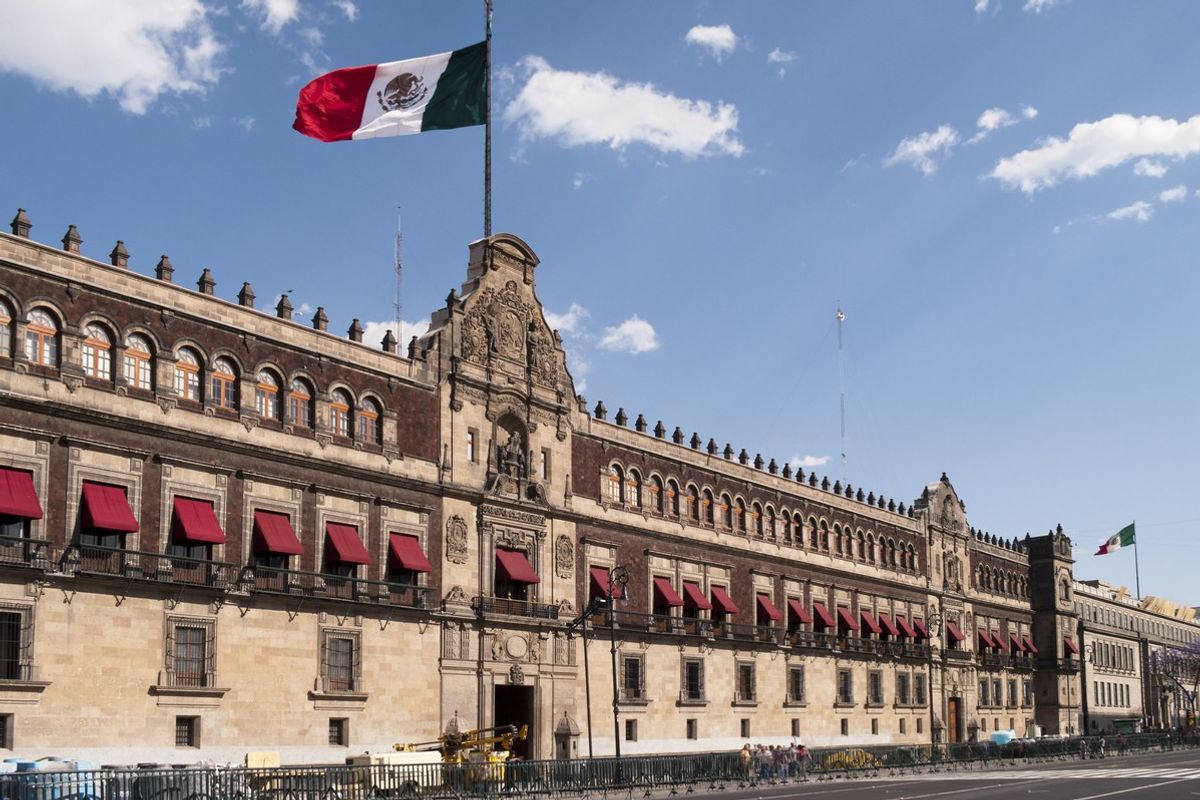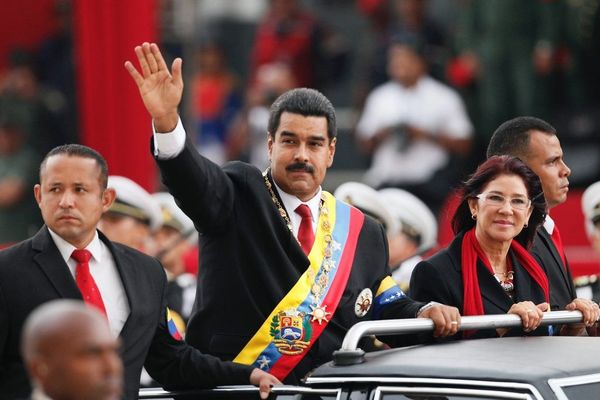Earlier this month, a police truck burned on the side of the road in Zihuatanejo, Guerrero, with meter high flames melting the interior and the four bodies, three of them murdered federal police officers, that lay inside. Like so many gruesome crime scenes across Mexico, this one marked a fault line among criminal groups dueling it out for territorial control. Yet, the brutality barely registered in the region's collective consciousness beyond a few cursory news stories. These were just four more deaths in a country that is once again living through a wave of violence.
The last time that Mexico’s murder numbers spiked so dramatically was over six years ago, not long after former President Felipe Calderón began his well-known confrontation against the country’s organized criminal groups. Around this point, the country’s homicide numbers were in their dizzying spiral to a bloody peak in 2011, before eventually leveling off and falling through the start of the Enrique Peña Nieto presidency in late 2012. Yet the much-welcomed drop in murders – which has defined Mexico's security situation over the past few years – has now bottomed out. And worse, today's homicide numbers are creeping upward again, across ever larger swaths of the country.
Some of the reasons behind this second spike in violence are the same as in previous years. First, the Mexican government still faces its perennial challenges of strengthening a weak rule of law, especially at the state and local levels, and thoroughly tackling collusion among local authorities and criminal groups. Despite federal efforts to reform the judicial system, build out and professionalize the police, and reduce corruption, impunity remains high, and trust in the authorities is still low.
Second, the Mexican government has barely changed its security strategy over the decade long offensive. President Peña Nieto entered into office with a rhetorical shift on security issues, but the current strategy continues to call for Calderón-era direct confrontation with organized criminal groups and prioritizes the targeting of top kingpins. Law enforcement and security officials have been successful in implementing this approach, with Calderón killing or capturing 25 of his 37 most wanted narcos and Peña Nieto plucking off 105 of his top 122.
Yet, each downed narco creates more than a photo-op. The relentless pounding of top leadership also breeds an underworld power vacuum, where rivalries, ambitions, and greed all inflame intra-cartel backstabbing and leave splinter groups locked in bloody battles. These fragmented groups have also increasingly adopted gruesome tactics and ventured into additional activities to beef up their revenue – such as extortion or kidnapping – that are often far more damaging to Mexican communities than standard drug trafficking.
There are dozens of these fragmented groups, but the standout is the Cartel Jalisco New Generation (CJNG), which has steadily expanded its territorial reach since 2010. As the cartel moves across Mexico, it has turned states from Colima to Michoacán to Veracruz into battlegrounds in its fight against the Sinaloa Cartel and the Zetas. In fact, the CJNG is no longer a minor splinter group. Its surge to power has placed it comfortably “among the most powerful drug trafficking organizations in Mexico,” according to the U.S. Treasury, and as it disrupts the established criminal order, it's also quickly becoming among the most murderous.
There are also market forces at work in driving up the violence. The United States' prescription drug epidemic has pushed addicts who can't get pills into cheap heroin to fulfill their opioid cravings. Either sensing a market opportunity or strategically boosting the demand, Mexican cartels have capitalized on the health crisis, quite literally fighting one another to provide the heroin supply. The results are doubly bloody, with Mexicans battling it out for the lucrative poppy producing land and Americans overdosing at record numbers.
However, one thing that looks dramatically different this time around is the promise of a U.S.-Mexico bilateral security partnership. In 2007, as Calderón began his push against criminal groups, Mexican officials worked with their American counterparts to form the Mérida Initiative and formalize the binational working relationship on security issues. This platform also earmarked $2.5 billion in U.S. funds over eight years (of which $1.5 billion was released) to complement Mexico's $79 billion in security investments over the same period. Over time, the Mérida Initiative's mandate evolved, but it always focused on supporting Mexico's efforts to implement a more professional, modern, and institutionalized security response.
During this second wave of violence, the Mérida Initiative stands on shaky policy ground. President-Elect Donald Trump has largely adopted a go-it-alone approach for tackling regional crime and violence, championing a full-length wall along the U.S.-Mexico border to stop narco-traffickers. Further, discussions around bilateral security partnerships have largely devolved into how and when Mexico will pay for this wall. When combined with Trump’s “America First” motto and a distaste for foreign aid, the Mérida Initiative and overall bilateral security cooperation is unlikely to look the same or even exist on a recognizable scale in the coming years.
Slowing Mexico's bloodshed will continue to require a comprehensive security policy approach. It will also require international cooperation – whether in the form of the Mérida Initiative or otherwise – as the market forces and criminal groups stretch well beyond Mexico's borders. Yet as Mexico’s murder levels climb upwards once again, the response will need to be quick and multi-faceted, addressing and tamping down on the flames of violence that are once again burning across the country.













